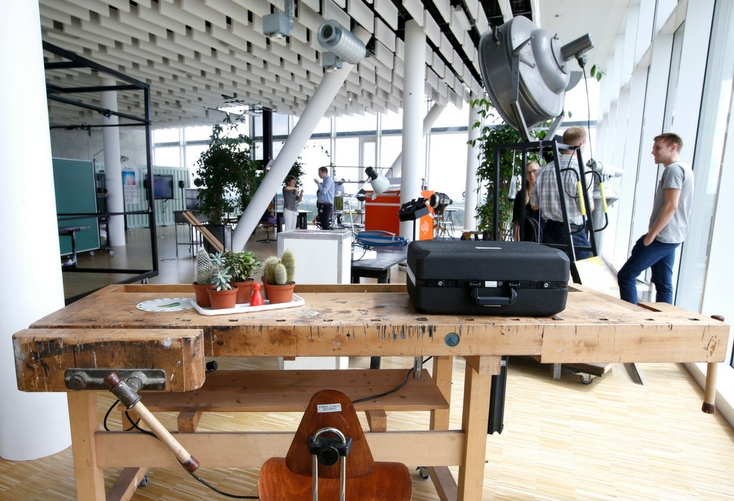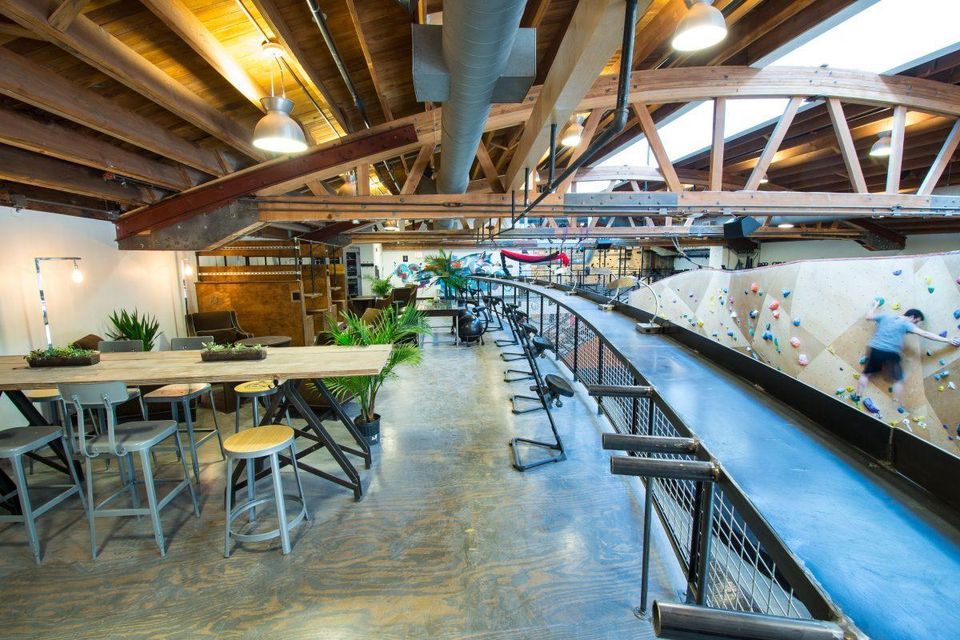As the coworking market continues to grow, what can we expect from the industry as we head into 2020?
Once a concept that appealed only to freelancers and entrepreneurs, coworking spaces have become the new norm in recent years. The market continues to grow unabated, with the number of coworking spaces predicted to swell up to 49,500 by 2022, compared to just 26,000 in 2017. Here are the six of the most important trends shaping coworking spaces as we head into 2020.

Coworking and Blockchain
Blockchain is disrupting a whole gamut of industries, from food safety, accounting, finance, publishing, to gaming. In 2020, expect coworking operators to be the next industry heavily impacted by blockchain. For coworking space operators, blockchain can facilitate various tasks like managing agreements, payments or procurements much more efficiently and with better traceability. One of the biggest headaches for coworking operators is keeping track and collecting membership dues. The wide range of customers and service plans make staying on top of executing agreements an extremely time consuming task for the relevant departments. With blockchain, however, smart contracts can be implemented where much of the labour intensive work of tracking and handling contracts is automated. Regardless of the complexity of a member’s service plan, blockchain based tools that are decentralized can keep track and issue the proper action such as invoice the client once a designated set of conditions are met. This frees up coworking operators to focus on other areas of the business.
Coworking Automation
Today, most coworking operators rely on human community managers working different shifts to accommodate the needs of members who may drop in at any time. In 2020, expect automation to play an increasingly prominent role in all areas of coworking management as operators strive for profitability.
New coworking management software for example can replace humans in manages bookings, attendance, wifi management, and more. Leading automation software such as Kube and Nexudus can significantly free up human resources and hence improve the bottom line at a time when many medium to small coworking operators are struggling. Some coworking spaces are already fully automated, like this one in Australia. Homebase, founded in 2017, uses mobile technology and software to replace the keys and FOBS, among other tasks. There is no on-site staff, allowing the operator to undercut its competitors when it comes to pricing.

Niche Coworking Spaces
A trend that really started in 2016, expect the continued growth of industry-specific coworking spaces at the expense of one size fit all offerings from the likes of WeWork in 2020.
The biggest allure of niche coworking spaces is the ability to easily network with people in your own industry. These connections can be invaluable in providing new leads for freelancers, startups, and entrepreneurs. Niche spaces also provide an environment where like minded professionals can feel safe and empowered to express their views without being judged. Take the example of women only coworking spaces. A concept that exploded onto the scene with the launch of The Wing, the company caters to professional women who often feel their ideas are not being heard in male dominated environments. The company’s popularity is attributed to what the founders say is a place where women can not only find their next business partner at, but an enthusiast running buddy as well. It’s the community that niche coworking spaces are all about.
Beyond the community, niche coworking operators are also attractive for the specialized setups they provide to different industry workers. For example, a coworking space for the construction industry can have large-scale printing plotters. A shared working space for real estate may feature multi-function printers and wide-format printers. And child friendly working spaces offer specially-trained adults to take care of your children while you focus on your business.
Insatiable Corporate Demand
In 2020, expect large corporations to be making all the headlines when it comes to shifting a portion of their employees into coworking spaces.
WeWork, a coworking agency, saw its corporate customers with 1,000 employees double last year. Big corporations like Starbucks, Salesforce, Microsoft, Bank of America and Facebook are are WeWork customers. According to Gensler, 14 percent of corporate workers now use coworking spaces on a regular basis. One of the biggest motivators for companies utilizing coworking spaces is to save money. These shared spaces on average save companies around 25 percent compared to leased properties.

The Move towards Holistic Health
Traditional offices have seldom been known as places that prioritize health over function, something that is becoming increasingly important to working professionals. Coworking operators know this, and in 2020, we can expect to see more shared places with a focus on promoting good office ergonomics.
According to one survey, next to faster wi-fi, ergonomic furniture such as standing desks are now the most requested feature coworking members ask for. Due to the high demand, over 70 percent of coworking spaces now include at least one standing desk area in the US.
Other health centric amenities such as yoga classes, mediation rooms, and even gyms will also popping up in higher frequency. Take the case of Brooklyn Boulders, which combines coworking with a full fledged rock climbing gym for workers not content with just a regular gym. It’s all part of a push to merge working with personal wellbeing that resonates with the modern worker.
Collaboration between Coworking and Real Estate
In 2020, expect the relationship between coworking and real estate owners to become even tighter. Building owners who want to monetize their properties are joining hands in droves with coworking space operators. Likewise, coworking operators are also forming agreements with real estate developers to offer more facilities to their members such as swimming pools, gyms, conference halls, spas and more.
The real estate developers deal with the property and construction, while coworking operators provide the technology, training and design. The coworking operators generally take a part of the revenue or membership fees for providing the service.
Some real estate companies, on the other hand, are even treading the path alone. Companies like RMZ Corp and Aurum Land Private Limited have launched their own coworking initiatives called CoWrks and Found8, respectively. This trend will continue in the coming years, not just in the USA or UK, but also across other emerging markets in Asia.
The Future of Coworking Spaces
Coworking has changed how we work forever. The popularity of shared working spaces will only continue to rise in 2020, buoyed by better technology and symbiotic partnerships with real estate owners that cut operating costs and fuel expansion.


Excellent article. Some great ideas in there I also came across this inspired section on this website http://www.kosworkspace.ie/be-inspired-2/ that shows some nice workplace fit outs. I think ergonomics in the workplace with employees health in mind is going to be a big thing in 2020. The employees well being being the forefront of may H&S managers priorities.